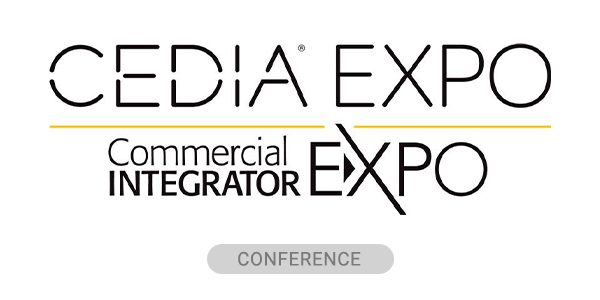Whether the phrase “It’s over” brings to mind images of Yogi Berra, an opera singer or The Kid shouting at the end of “The Matrix Revolutions,” we all have a preferred mental image that signifies the end of something. And no matter which image your mind might have conjured, it should come as a great relief to all of us that we can now safely declare the COVID-19 pandemic as over.
Pandemic is Over
The World Health Organization (WHO) and the Centers for Disease Control and Prevention (CDC) have ended the public health emergency; most healthcare facilities no longer require mask wearing; and, sadly, CEOs everywhere are totally forgetting the lessons that remote and hybrid working taught us. (That is to say, many are going back to scapegoating their remote employees.)
Major business publications have been touting that office workers are now at 70% of pre-pandemic levels. (Of course, pre-pandemic office occupancy was only at about 70% to begin with, so basic high school math puts real current occupancy levels under 50%. But I guess never mind that….)
Only time will tell how many people learned anything about how to be prepared to support remote collaboration with no notice, how to conduct a virtual business, and how to discern what we, as humans, find truly important and fulfilling in life. I’ll always be the cynic in cases like these, believing, as Winston Churchill once said, “Men occasionally stumble over the truth, but most of them pick themselves up and hurry off as if nothing had happened.”
A Look Inside the Issue
In any case, this issue of Collaboration Today and Tomorrow, which marks the end of the pandemic, contains some awesome articles. Kevin Kieller gives us a primer and some perspective on AI that we didn’t know we all needed. David Smith reflects on what we could have (or should have) learned throughout this process. David Maldow walks us through the now ubiquitous videobar, which has gone from innovation to commodity in fewer than five years. He also helps us understand how to select one to meet our needs. And Gina Sansivero explores industry conferences and what we’ve learned is important about them, after having lived through the experience of not being able to go to any for a few years.
As for me, my personal pandemic journey took me from enterprise evangelist to industry analyst. I guess what that means is, instead of saying good things about one brand, I can now say good (or bad) things about all the brands of hardware and services out there. (And I absolutely won’t hold a grudge against any of them…probably.) Just kidding.
David J. Danto is an industry analyst and the editor of Collaboration Today and Tomorrow.










